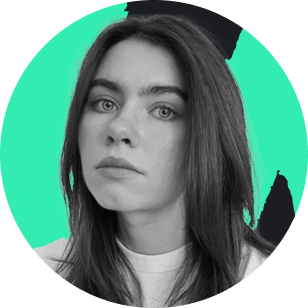Everyone has started to play during quarantine: since 2020, the global gaming market has grown by 20% and is now worth almost $180 billion. I think, in the next 5-7 years, growth will double. The gaming market is in dire need of new professionals, not only developers but also managers.
For those who are considering such a career, I recommend the following:
- Decide whether you like to play or create games. To develop a game, it is imperative that you love to play. But you don’t have to be a developer to enjoy games. When you see games being born, some magic will dissipate.
- Play and analyze. Try to understand what you enjoy the most in the game. Probably, in Counter-Strike, shooting is not the only thing you like. Maybe you are happy when you beat someone. Why not add opponents to your game?
- Try things out. Feel free to watch training videos on your chosen game engine. You will be surprised to find out how many new ideas you will have.
- Read a lot. You can start with Jesse Shell’s book, The Art of Game Design: A Book of Lenses, Second Edition. Or podcasts: for example, Game Maker Toolkit, Game Dev Unchained, Game Dev Breakdown.
- Get a technical education. With a technical degree, it is much easier to start programming or drawing professionally.
The atmosphere at Innovecs helps people to grow. Everyone can be trained and participate in masterclasses and conferences. We enjoyed presentations by Netflix developers, Forrester analysts, and recently held discussions with gaming visionary and former CTO IBM Esports and Video Games, Billy Le Voir-Barry.
There are communities where employees from different departments learn from each other. For example, an artist comes to the developers and says, “I want to program, what should I do?” The teammates will help determine the purpose, select special materials, books, and tasks. If there is a group of ten people with similar requests, the Learning & Development center organizes free training.
The office is arranged so that everyone can reboot and relax. I go to our own gym and get a massage. Everyone can choose a community of interest: for example, investment or running. Recently, a hockey team and a chess club were organized. In total, Innovecs has over a dozen communities.
I have big plans for Innovecs Gaming: I want the studio to at least double and gain a solid position in the Western market. Besides, I want my team to feel comfortable and have exciting projects. This is my top priority.



